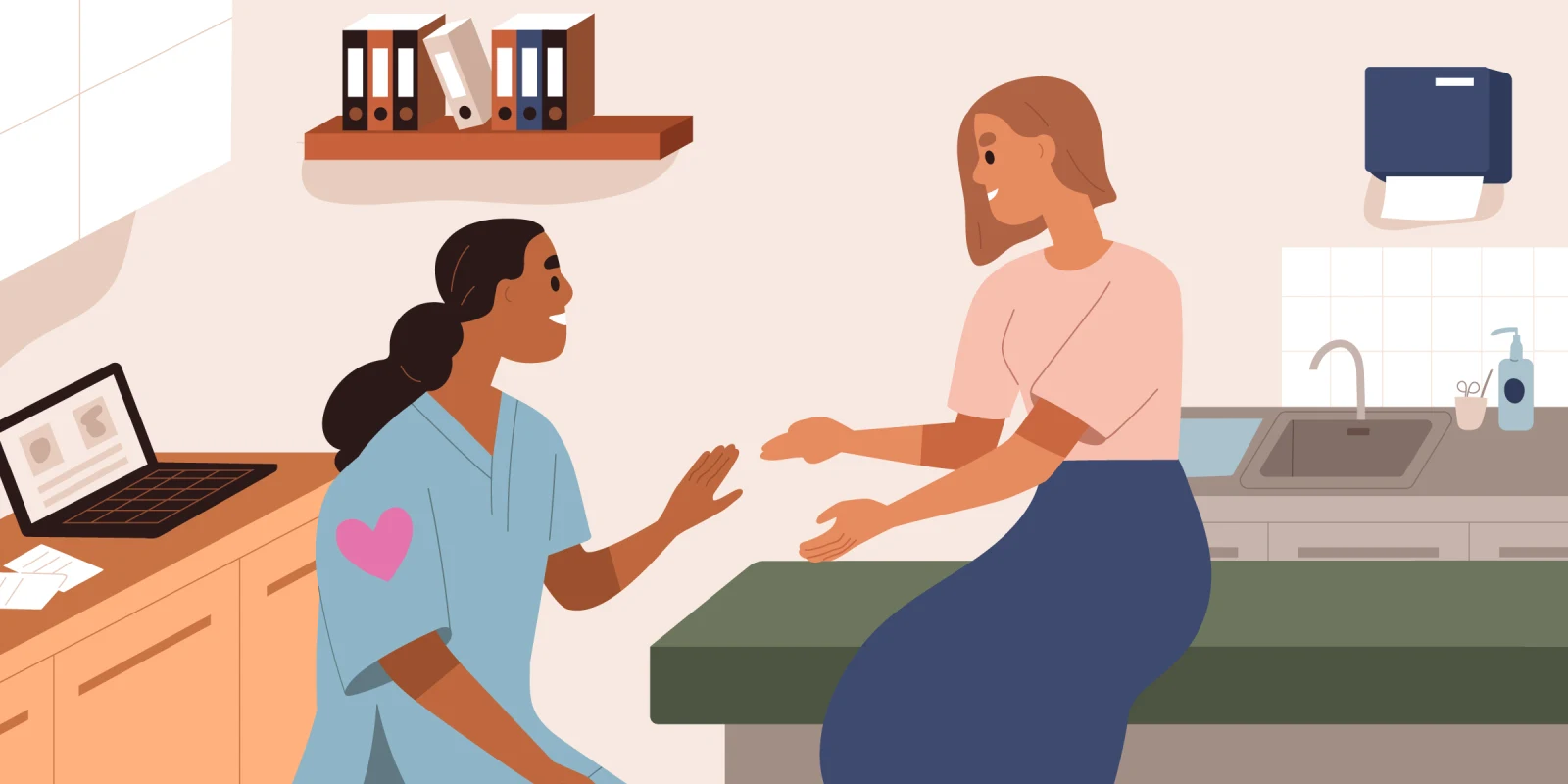“You know, walking is one of the best things you can do for your health,” the dermatology resident that I was shadowing nonchalantly mentioned as they typed out notes for our patient, Mr. B.
There was a pause, then “that might be a bit hard, Doc,” Mr. B replied.
We both turned to look at Mr. B, my face flushing as I suddenly noticed his walker resting against the examination table. Instantly, I recalled that only a few minutes earlier he had shared his near inability to walk due to a spinal cord injury. The resident muttered a quick apology and continued on asking questions about his rash timeline, so I am fairly certain that their comment was not intended to educate our patient about the importance of walking in regaining function post-SCI. I am guessing that the doctor meant to offer some general health advice before fully assessing the individual in front of them.
Mr. B laughed it off and so relieved us of any responsibility for the comment, but this interaction has stuck with me. Although the resident certainly meant no harm and was providing excellent care for Mr. B’s dermatologic condition, I felt terrible that our patient had to defuse the tension created by our failure to pay proper attention to him as a whole person. If we had been facing the patient, not the EMR, then his ambulatory issues would likely have become glaringly clear. I understand that charting is a necessary and important part of medical care today, but as this example demonstrates, it also can detract from health care.
There are many benefits to looking directly at patients, besides detecting signs of disease. Doctors that make more eye contact are perceived as more likable and empathetic by their patients according to research from Northwestern Medicine. Unsurprisingly, these patients reported higher satisfaction at visits in which their physicians made eye contact. Additionally, effective nonverbal and verbal patient-physician communication improves medication adherence. As a result of strengthened physician-patient bonds and improved health outcomes arising from eye contact, physicians themselves may also experience greater satisfaction.
However, eye contact should be done in moderation — not too little and not too much. Too much eye contact could make a patient feel uncomfortable or shy, but too little could make them feel disregarded. Moreover, there are differences in eye contact norms between various cultures. Eye contact is generally viewed positively by Western Europeans, while those of East Asian backgrounds may view excessive eye contact as disrespectful. However, no culture is a monolith. While being aware of these general cultural attitudes may be helpful as a starting point, it is still important to adjust one’s body language as needed to ensure each individual patient feels as comfortable as possible.
Nonverbal communication may be more natural for some physicians compared to others. However, there are some situations in which everyone may need to make a conscious effort to make eye contact. Telemedicine is growing in popularity, and doctors who are looking at a patient’s face on their own screen won’t appear to be making eye contact on the patient’s end.
A cross-cultural experiment, involving patients from both Japan and Lebanon, showed that physicians who looked at the camera to simulate in-person eye contact were viewed as making more eye contact and received higher communication and interpersonal skills ratings by both groups. Approximately 90% of these patients across both groups preferred camera gaze over screen gaze, as it made them feel that the physician was paying more attention to them. Still, there may be a negative impact on health care quality caused by doctors having to look away from the patient and their information on their screen. In response, gaze correction programs have been suggested to simulate virtual eye contact without compromising quality of care.
While the fact that eye contact is beneficial may be common sense, it can be easy to get lost in charting and other digital tasks and forget to perform this simple, yet highly important, action. Making eye contact is not just about physical interaction; it’s about forging meaningful connections, understanding our patients, and enhancing their overall quality of health care.
What do you think is most important when interacting with patients? Share in the comments.
Jasmine Haraburda is a medical student at the University of Cincinnati College of Medicine (anticipated class of 2026) and is originally from Columbus, Ohio. Outside of medicine, she is interested in environmentalism, statistics, philosophy, and public health.
Image by GoodStudio / Shutterstock







